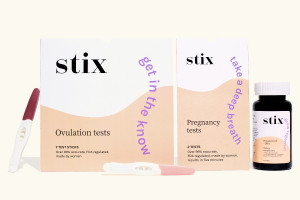Three Things We Learned From Fortune’s Big Comcast Story

Photo by John Murdock via Instagram
Fortune today has a big postmortem of Comcast’s failed merger with Time Warner Cable. It’s long and interesting — read the whole thing — but here are three things that stand out.
• We always knew the merger was really unpopular — thanks in part to the combined unpopularity of the companies as separate beings. Turns out it was really, really unpopular.
The movement to stop the merger gained momentum in the final weeks of the government’s evaluation as more and more people and companies—even entire municipalities, such as the town of Moultonborough, N.H.—stepped forward to voice their opposition. In all, an unprecedented 300,800 comments were filed with the Federal Communications Commission, which with the Justice Department was one of the two government bodies tasked with evaluating the proposed merger’s effect on consumers and competition. The vast majority of comments were against the deal. By contrast, AT&T’s proposed merger with T-Mobile in 2011 elicited 40,526 comments before the parties abandoned the idea.
Emphasis ours.
• As much as customers hate Comcast, its own peers in the industry might hate it even more.
Still, knowledgeable sources say, while consumers’ overwhelming disapproval of the deal carried substantial weight with regulators, legions of corporate interests probably played an equal one. As numerous and prolific FCC filings show, these foes didn’t spare words (and legal resources) in arguing the ways the deal could thwart competition—and the ways they believed Comcast had already unfairly harmed its rivals.
One of the most outspoken critics of the deal, satellite-TV provider Dish Network, sent the FCC a 266-page affidavit outlining 53 ways that a combined Comcast-TWC could “sabotage” competition. (The filing was one of nearly 70 submitted by the company over the course of the merger-evaluation process.) The myriad accusations and apprehensions mainly boiled down to this: Comcast had already shown it had the capacity and the incentive to discriminate against its competitors, Dish argued; allowing it to merge with TWC would only give it more power to squeeze out others in the industry.
• The attempt to improve customer service may be critical to the future of the company.
It’s not only Comcast that’s having to rethink its content strategy. The shift to online consumption is breaking the entire cable-TV model. Programmers, who have relied on traditional channel “bundles” (and the fees and ad dollars they generate) for decades, are also scrambling to come up with their own direct-to-consumer offerings while at the same time fighting the growing call for unbundling.
The growing alternatives for content consumption—both from Silicon Valley players and programmers like HBO and CBS—mean Comcast has to compete not only by developing equally compelling online services but also by keeping subscribers happy. Given its customer-service rap sheet, that’s no easy feat. “I can give you the coolest user interface in the world, but if you call and are put on hold, that’s detrimental to what we’re trying to do,” acknowledges Matt Strauss, executive vice president of Comcast’s video products.
Richard Rys covered some of this ground in his article on Comcast customer service for Philly Mag this spring. Fortune’s article appears in the June 1 issue of that magazine.


